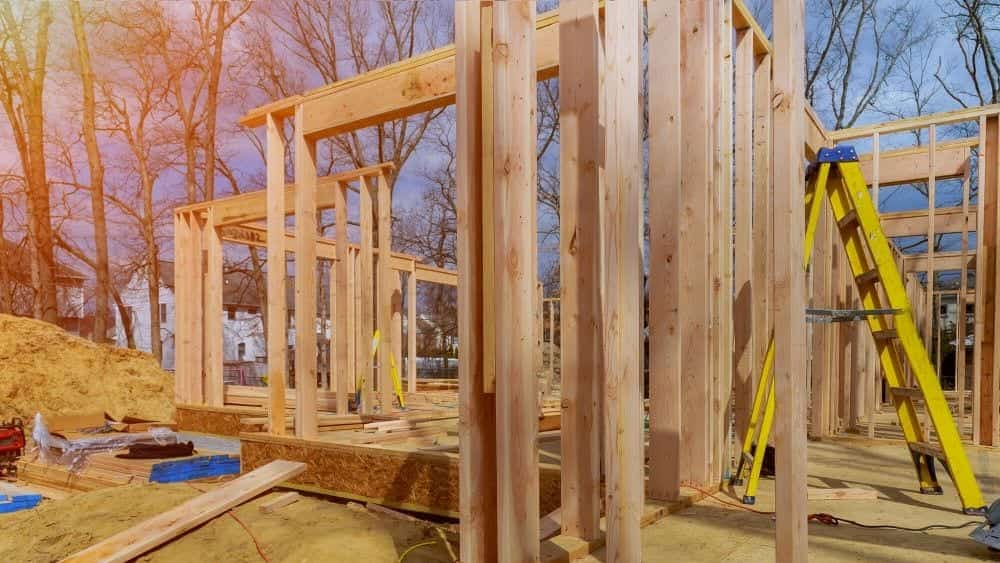Creating a new home is an inspiring adventure packed with countless decisions and individual opportunities to craft a space that represents your personal style and fulfills your specific needs. Starting with selecting the perfect floor plan to including the latest design trends, the process can be daunting but rewarding. As you embark on this journey, it’s important to understand the multiple aspects of new home construction, such as timelines, budgeting, and the choices that will influence both the beauty and functionality of your home.
In today's market, potential homeowners face the vital decision between making a new home or buying an existing one. With developments in technology and a heightened emphasis on sustainability, designing for the future means factoring in not only visual preferences but also energy efficiency and smart home features. In this article, we will lead you through the essential considerations for new home construction, guaranteeing that you are well-prepared to make knowledgeable decisions along the journey.
Comprehensive Guide to Constructing a House
Building a new home is an thrilling yet intricate process that requires careful planning and execution. The first step kicks off with determining a budget and acquiring financing. This includes assessing your financial situation, considering the expenses of real estate, supplies, workforce, and extra expenses that may arise. Once you have a definitive allocation of resources, research different mortgage options that cater specifically to new builds, as they can change from standard home loans.
After financial arrangements are settled, the following step is deciding on a fit site and conceiving your home. Selecting an ideal location is essential; consider criteria like distance to schools, jobs, and services. When it comes to architecture, emphasize on what matches your personal choices and desires. Collaborate with architects or architects to formulate a design layout that satisfies your needs while considering the latest design trends and sustainable options.
Once the design is finalized, the following step entails hiring a qualified construction company. Do extensive research to find contractors with a solid track record and proficiency in building new homes. Obtain quotes, verify referrals, and make sure they are certified and insured. After deciding on a builder, the priority shifts to the construction phase, where you will partner with them to track advancements, make adjustments, and confirm that the build stays within cost estimates and time frame.
Financial Planning and Expense Planning Your New Home
Creating a brand new home is an exciting process, but it also comes with substantial financial considerations. First, it is essential to explore your financial options. Conventional mortgages may not be suitable for modern construction, so look into construction loans, which cover the expense of constructing until the home is finished. These loans often change to a long-term mortgage, permitting you to pay for the home in stages as construction advances. Investigate multiple lenders to find terms that suit optimally for your budget and extended financial goals.
As soon as you have obtained financing, creating a detailed budget is essential. This budget should include not only the construction costs but also possible hidden costs like permits, assessments, and yard work. It's prudent to include a safety net for unexpected costs that may arise during the build. Knowing where to reduce or spend can greatly impact your overall satisfaction with the home. Make thoughtful decisions about which upgrades are critical and where you can cut costs without sacrificing quality.
Finally, grasping the financial outlay associated with your future home building will help you plan effectively. Keep in mind that pricing materials and labor can vary, so stay informed about current economic circumstances. Speaking with your builder about financial guidance can provide invaluable advice to make sure your monetary strategy aligns with your goal for your new home. With the right economic approach in place, you can enjoy the process of creating your dream residence.
Understanding the Construction Procedure
The construction process of a new house involves several key stages, each essential to the successful finalization of your endeavor. https://bridges-frantzen.technetbloggers.de/innovative-developments-in-contemporary-home-building-for-2024 begins with site preparation, where the site is cleared, leveled, and excavated to make way for the base. Following this, the structure of the home is constructed, including the setting up of walls, roofing, and glazing. This phase is crucial as it sets the stage for the overall structural integrity and aesthetic of the home.
Once the basic structure is in place, the subsequent phases include plumbing, electrical, and heating, ventilation, and air conditioning installations. These installations are vital for ensuring comfort and operational efficiency in your fresh house. Building inspectors will often be called in at different stages to ensure that all aspects meets local construction regulations and safety standards. Proper scheduling during this process can help prevent setbacks, allowing for a smoother building schedule.
Finally, the finishing touches are made, which consist of putting in flooring, cabinetry, fixtures, and landscaping. This is when your dream truly comes to life. The final walkthrough is an important step before closing on the house, allowing you to address any final issues. Understanding each of these phases can help you remain informed and engaged throughout the building process, making sure your new house meets your expectations.

